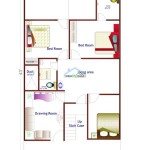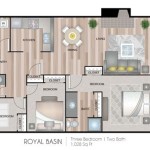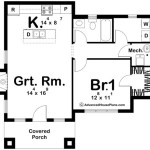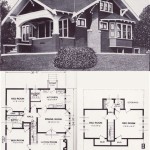How To Draw Up House Plans
Creating house plans is a crucial step in the home building process. While it requires meticulous planning and attention to detail, drawing up house plans can be a rewarding experience, allowing you to design a home that perfectly fits your needs and aspirations.
1. Determine Your Requirements
Begin by carefully considering your specific needs. How many bedrooms and bathrooms do you require? What type of living spaces are essential? Do you prefer open-concept or more traditional layouts? Define your requirements clearly before embarking on the design process.
2. Choose a Scale and Layout
Select an appropriate scale for your plans, typically 1/4 inch or 1/8 inch per foot. Determine the overall layout of your home, including the placement of rooms, windows, and doors. Consider functional flow and ensure that each space has adequate natural light.
3. Draw the Foundation and Walls
Begin by sketching the perimeter of your foundation, marking the location of exterior walls. Draw the interior walls, ensuring that they align with the foundation and create the desired room configurations. Include all doorways and window openings within the walls.
4. Position Windows and Doors
Strategically place windows and doors to optimize natural light, ventilation, and aesthetics. Consider views, privacy, and the flow of traffic when determining their location. Use symbols or annotations to indicate the type and style of each window and door.
5. Add Interior Details
Include interior details such as furniture, appliances, and fixtures in your plans. This will help you visualize the functionality and aesthetic appeal of each space. Use different line weights and shading to distinguish between different elements.
6. Create a Roof Plan
Draw a separate roof plan to show the shape, slope, and materials of your roof. Indicate the location of chimneys, skylights, and other roof features. Dimension the roof plan to ensure proper construction.
7. Plan for Mechanical Systems
Include plans for mechanical systems, such as plumbing, electrical, and heating and cooling. Indicate the location of fixtures, outlets, and ductwork. This will help contractors accurately install these systems during construction.
8. Add Exterior Details
Draw the exterior facade of your home, including siding, windows, and doors. Show any architectural details, such as porches, balconies, or trellises. Include landscaping features such as trees, shrubs, and pathways.
9. Dimension and Label
Accurately dimension all aspects of your plans, including walls, windows, and doors. Label each room and space clearly to avoid confusion during construction. Provide notes or legends to clarify any special design features.
10. Seek Professional Review
Once you have completed your house plans, it is advisable to seek professional review from an architect or engineer. They can provide valuable feedback, ensure structural integrity, and assist with obtaining building permits.

Floor Plan Creator And Designer Free Easy App

House Plans How To Design Your Home Plan

House Plans How To Design Your Home Plan

Make Your Own Blueprint How To Draw Floor Plans

Make Your Own Blueprint How To Draw Floor Plans

House Plans How To Design Your Home Plan

Make Your Own Blueprint How To Draw Floor Plans

How To Draw House Plans On Your Pc 5 Simple Steps

How To Draw Blueprints For A House With S Wikihow Drawing Plans Plan

Floor Plans Learn How To Design And Plan








